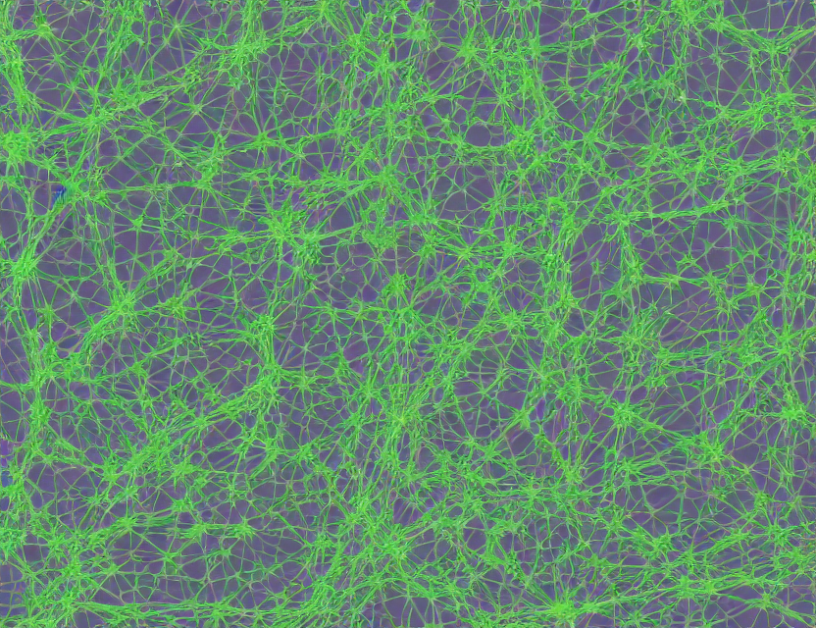In this paper, the authors aim to address two major issues in Bayesian inference: the need for complex and computationally expensive forward models, and the difficulty in scaling these models to large datasets. To tackle these problems, they propose a new approach called Amortized Neural Density Estimation (ANDE), which uses neural networks to approximate the posterior distribution of model parameters.
The key innovation of ANDE is its ability to use a simple and efficient forward model for generating samples from the approximated posterior distribution. This allows for faster and more accurate inference, as well as the possibility of scaling up to larger datasets without significant additional cost. The authors demonstrate the effectiveness of their approach through experiments on several benchmark datasets.
To understand how ANDE works, let’s break it down into its key components:
- Forward Model: In traditional Bayesian inference, the forward model is a complex and computationally expensive function that maps the model parameters to the observed data. ANDE replaces this with a simpler neural network that generates samples from an approximated posterior distribution.
- Neural Density Estimation: The neural network used in ANDE is called a "surrogate" because it’s trained to mimic the behavior of the exact posterior distribution. This surrogate is then used to generate new samples that are closer to the true posterior distribution.
- Amortization: The key innovation of ANDE is its ability to use these generated samples to make predictions about other datasets. By reusing the same neural network across multiple datasets, ANDE can significantly reduce the computational cost of inference. This is what’s meant by "amortizing" the neural network across multiple datasets.
- Importance Sampling: To ensure that the generated samples are representative of the true posterior distribution, ANDE uses a technique called importance sampling. This involves weighting the generated samples based on their likelihood of being drawn from the true posterior distribution.
By combining these components, ANDE is able to provide fast and accurate inference for complex Bayesian models without sacrificing scalability. The authors demonstrate its effectiveness through experiments on several benchmark datasets, showing that it can outperform traditional methods in terms of speed and accuracy. Overall, ANDE represents a significant advancement in the field of Bayesian inference, providing a new and powerful tool for tackling complex data analysis tasks.



